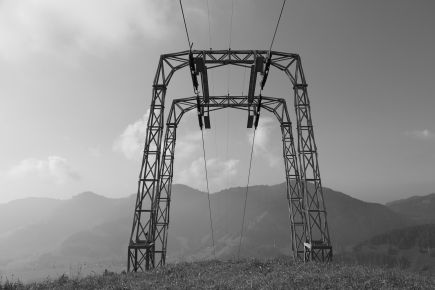Instruction for Doom
It’s generally known that our intellectual and emotional equipment was made for the stone age, not for today’s complex world. Increasingly this has to be said about many management methods, too, including the reflexes that are triggered in times of crisis, as reliably as when you hit against the patella tendon with a hammer. Unfortunately it reads like an instruction for organisational suicide:
- You start to centralize immediately, like a human body concentrating on the supply of the vital organs when it experiences shock. This may make die off your extremities, unfortunately, and it can be observed in organisations, too: processes become sluggish, the ability to react decreases – not exactly what you would recommend for dealing with high speed complexity.
- Development projects are neglected, the remaining acitivities cannot create a sufficient momentum any more, and create frustration instead. Actions slow down, the organisation stands still, which means regression.
- There are cutbacks in staff, involving brain drain and emotional faults. Nobody cares about those who stay behind. Then when the slump is gone you find yourself understaffed and overtired ¬– not the best conditions for top performance.
- Training activities are suspended, which very efficiently cuts you off from enriching impulses, the organisation stews in it’s own juice which eventually starts to smell rancid.
- External people who could help with upheaval situations are kept out because, we’re sorry, we just don’t have time for this due to upheaval situations (I actually heard people say this serously).
- Austerity programs are launched (as if you have been throwing money out of the window before), risk tolerance drops to zero, and so does innovation power. Later your market is back and ready, but your pipelines are empty. Too bad.
- In your despair you begin doing things that you never wanted to do and are against your values. This leads to disapproval in your staff and does not help to build trust, internally or externally.
The thing with the knee is a so-called monosynaptic reflex: it involves only one synapse. Simple, coercive, reliable, and it doesn’t care about anything else, for example about the possibility that it might actually not make sense to shake your leg right now...this is fatal in an entrepreneurial context. Let me put it this way: monosynaptic management is not the means of choice.
Delayed effects in complex systems might make organisations with the wrong reflexes build up to a roller coaster mode. Companies oscillating in such a manic-depressive way have made entire specialized industries grow (of course, in the free market): burnout clinics, outplacement companies, recruiting providers, external consultants, communication agencies, internal counsellors, temporary employment agencies, etc.
They all have a perfect right to exist; it’s just that they could be used in a different way. In a more intelligent way. More proactively. More preventatitvely.
Monosynaptic management will become extinct, voluntarily or involuntarily, and rather sooner than later. So you better set off for adapted forms of organisation, leadership, and collaboration. My recommendation: give it a try, you will have fun.


